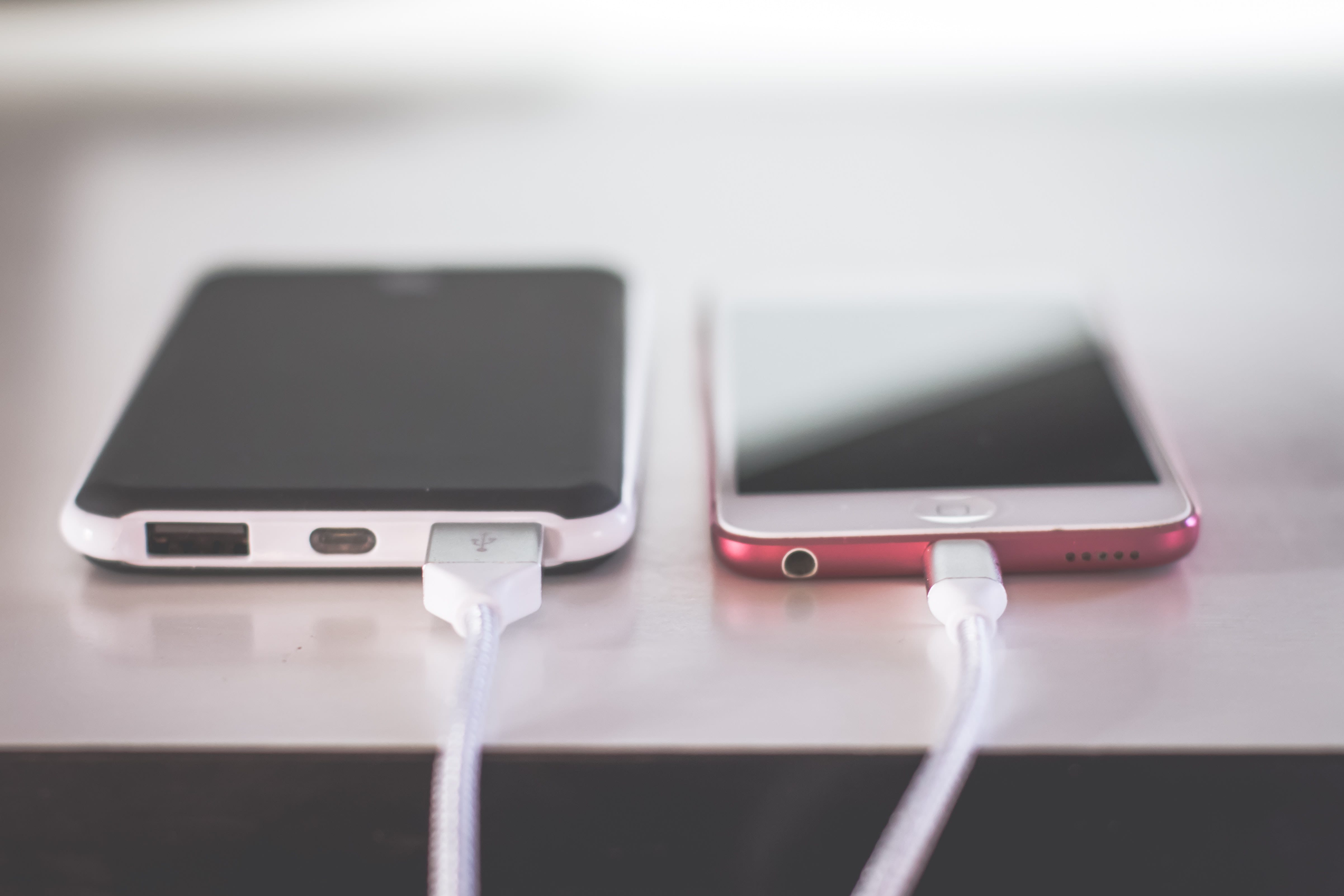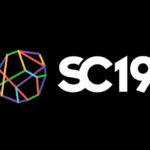Coming Soon: Two New USB Connectors
The newly announced USB4 will handle the high speeds and data operations required by connected and automated systems. But first, USB 3.2 is about to make its appearance in the marketplace.

USB 3.2 connectors will begin to appear in a variety of devices over the next few months. Announced in late 2017, the latest USB standard — wait, scratch that! Suddenly, before it even had a chance to make its debut, USB 3.2 is no longer the latest USB standard. USB4 is now on the horizon. In March 2019, the USB Promoter Group announced that the USB4 specification will be released in mid-2019. It will still be at least a year before we see it appear in devices, however. Until then, USB 3.2 will be the newest iteration in use.
USB 3.2 is actually several different specs rolled under one name. USB 3.2 Gen 1 (or SuperSpeed USB), also formerly known as USB 3.0, achieves speeds of 5Gb/s. USB 3.2 Gen 2 (or SuperSpeed USB 10Gb/s) reaches speeds of 10Gb/s using a single lane. The fastest version of USB 3.2 (SuperSpeed USB 20Gb/s) features two 10Gb/s lanes to achieve a maximum speed of 20Gb/s. It is also known as USB 3.2 Gen 2×2. USB 3.2 Gen 2×2 uses the Type-C connector, which is a small, reversible, oval-shaped form factor.
The various USB protocols and their respective performance levels, consumer-facing brand names, and technical specification references intended for developers.
| USB Branding (Consumer Facing) |
Theoretical Max Data Rate | Technical Spec Reference (Not Consumer Facing) |
| High-Speed USB | 480 Mb/s | USB 2.0 |
| SuperSpeed USB | 5 Gb/s | USB 3.2 Gen 1 |
| SuperSpeed USB 10Gb/s | 10 Gb/s | USB 3.2 Gen 2 |
| SuperSpeed USB 20Gb/s | 20 Gb/s | USB 3.2 Gen 2×2 |
| Undisclosed | 40 Gb/s | USB4 |
Confusing? Just a bit. It will be critical to communicate which USB 3.2 spec a device utilizes in order to ensure compatibility across devices and achieve the expected speed and performance. In addition, to support a particular USB standard, the appropriate port and cable must be specified, otherwise the connector will only support a lower bandwidth.
Hopefully, USB4 will clear things up. The USB Promoter Group, which includes Apple, Intel, Renesas, ST Microelectronics, HP, Microsoft, and Texas Instruments, has plotted the next USB specification to achieve 40Gb/s throughput. USB4 will be able to support data operations and host-based algorithms, making it a highly capable connector for devices connected to the Internet of Things and Industry 4.0. Like USB 3.2, it will utilize the Type-C connector, paired with higher speed cable. It will be backward compatible with earlier USB iterations going back to USB 2.0.
Another new feature of USB is the inclusion of Intel’s Thunderbolt 3 standard, which will enable USB-connected devices to communicate with one another without the inclusion of a hub. This makes USB4 a method to link multiple high-speed devices together, enabling them to rapidly share data. We’ll see the hardware hit the market by the end of 2020 or early 2021. In the meantime, that makes USB 3.2 the hot new USB connector, but not for long.

Jeff Ravencraft, president and COO of the USB Implementers Forum (USB-IF)
We talked to Jeff Ravencraft, president and COO of the USB Implementers Forum (USB-IF), to learn more about the latest two USB connectors.
USB 3.2 is still rolling out. Should designers bypass that specification and plan to specify USB4 instead?
The decision regarding which USB specification(s) to implement is completely up to the OEM and based on the needed capabilities of the product being developed. That said, the USB4 specification will be backward compatible with USB 3.2 and USB 2.0, so OEMs developing products based on these existing USB protocols can know their solution will interoperate with products based on future USB specifications. Backwards compatibility has always been the brand promise of certified USB products.
In what situations might they choose USB 3.2 over USB4?
Developers may choose to implement USB 3.2 instead of USB4 in cases where 40Gb/s operation, multiple simultaneous data and display protocol support, or Thunderbolt 3.0 compatibility are not required. Example applications might include mobile phones and tablets.
What will happen to the other still-active previous generation USB specifications?
USB 3.2 and USB 2.0 will continue to be active specifications and available for developers to design products to as needed. As mentioned above, the USB4 specification supports backward compatibility with USB 2.0 and USB 3.2.
What implications will this have for IoT or AI applications?
Higher data performance enabled by the USB4 specification will continue to improve IoT devices and AI/machine learning applications, as both of these technology areas benefit from being able to transmit and receive ever increasing amounts of data, video, and graphics at extremely fast intervals.
Will USB4 have standard markings on the receptacle or will it feature a new design?
The USB4 announcement is part of the USB performance roadmap and is specifically targeted to developers at this time. Branding and marketing guidelines will be established after the final specification is published. That said, USB4 implementation will require USB Type-C cables and connectors. The USB Type-C specification can be downloaded from the USB-IF Document Library.
What are the implications for cable used with USB4?
While the USB4 specification is still in draft form and awaiting publication, the specification will not specifically dictate cable lengths but rather cable performance requirements and cable manufacturers will work to deliver the longest practical cables that can be certified to meet those requirements.
What else should designers be aware of in terms of performance or architecture of this new spec?
In order to take full advantage of USB4 at 40Gb/s, users will need USB Type-C cables certified for 40Gb/s use. Existing certified 10Gb/s and 20Gb/s cables will support USB4 operation at 10Gb/s and 20Gb/s, respectively. Furthermore, USB4 defines a new USB architecture designed to simultaneously transport multiple independent flows of traditional data and display data over the USB4 bus. The new protocol enables USB4 host systems to optimally balance allocations of bus bandwidth between these flows of data to best match the performance of each of the connected displays and data devices, e.g. storage, networking, etc.
What connector companies participated in the development process for USB4?
The USB4 specification is a protocol spec and is therefore separate from the USB Type-C specification, which defines USB Type-C cables and connectors. That said, USB4 implementation requires USB Type-C and multiple connector companies are actively involved in the development of the USB4 specification. A detailed list of contributing companies will be contained in the USB4 specification document once finalized. The USB-IF is a proponent of open standards, and like all USB specifications the USB4 specification will be available to everyone once finalized at www.usb.org.
Like this article? Check out our other standards and high-speed articles and our Datacom/Telecom Market Page.
- Meet the Connector: DIN Standard Connectors - April 16, 2024
- Software-Driven Radio Reinvigorates Old Technology - April 9, 2024
- What is a Busbar? - April 2, 2024





